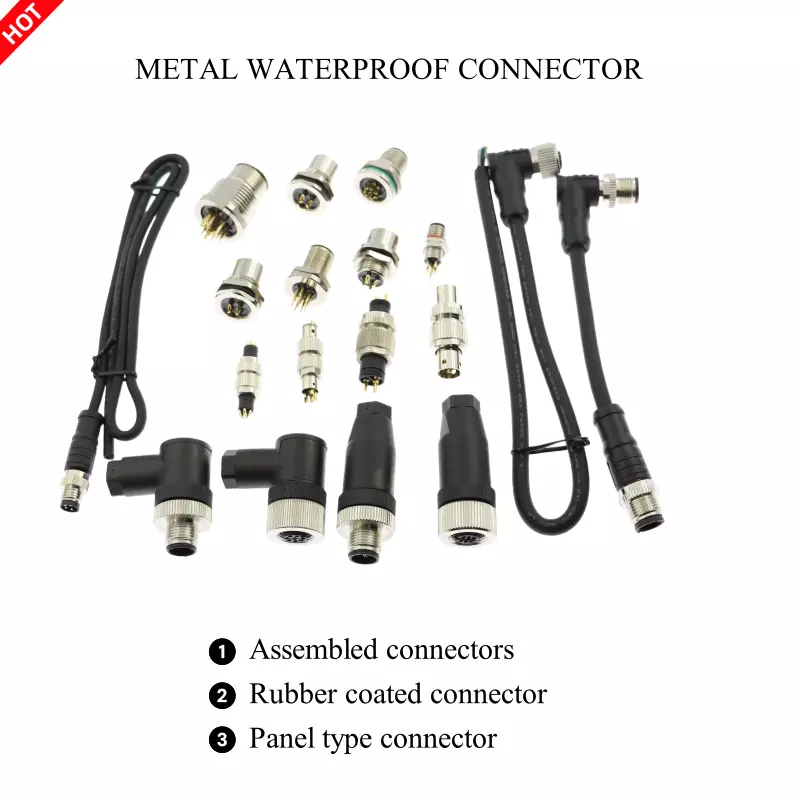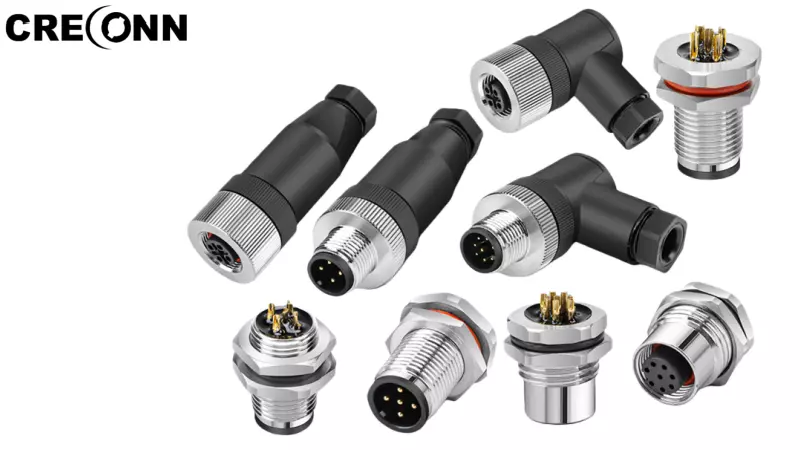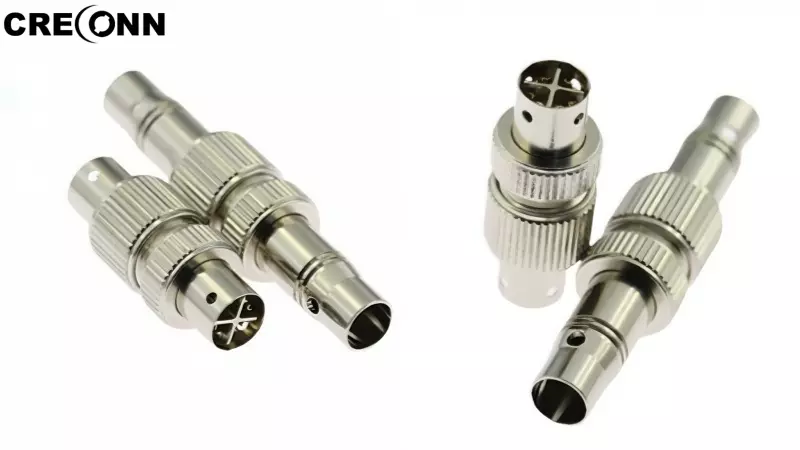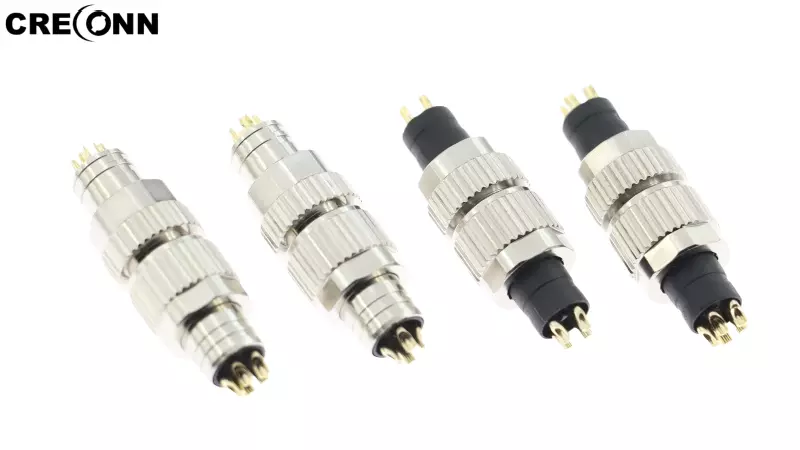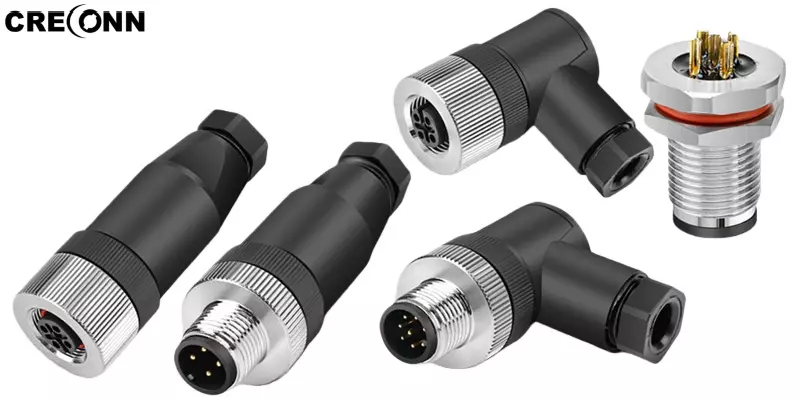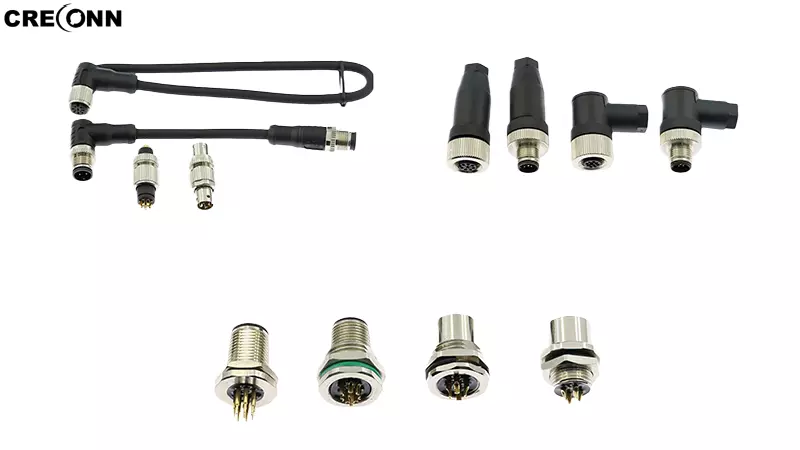Maintenance Guide for Metal Connectors
Maintenance Guide for Metal Connectors
1. Daily Cleaning: Prevent Poor Contact
1.1. Basic Dust Removal (Daily/Weekly): Use an anti-static soft brush to remove loose dust, and wipe in one direction with a lint-free cloth. Avoid back-and-forth rubbing.
1.2. Oil Stain/Oxidation Treatment (Monthly/Quarterly): Dip a cotton swab in 75% alcohol to clean pins (no more than 3 wipes per pin). Use a precision cleaner for stubborn oil stains. Allow 5-10 minutes for drying before powering on. Do not use water or hard scrapers.
2. Regular Tightening: Prevent Loosening & Damage
2.1. Frequency & Tools: Tighten connectors on high-vibration equipment (e.g., machine tools) monthly, static equipment (e.g., control cabinets) quarterly, and outdoor equipment (e.g., PV inverters) bi-monthly. Use a preset torque wrench as per the product manual.
2.2. Process: First check for screw displacement/rust. Adjust the wrench to the specified torque and stop when a "click" is heard. Gently pull the cable (≤5N) to check for looseness after tightening.
2.3. Special Cases: Apply anti-rust penetrant for stuck screws. Replace stripped screws with same-spec ones. Do not hit the wrench or use oversized screws.
3. Environmental Protection: Adapt to Scenarios
3.1. Humid/Dusty Environments: Install IP67/IP68 protective covers and replace desiccants every 3 months. Check for condensation monthly and reapply waterproof sealant if needed.
3.2. Corrosive Environments (e.g., chemical plants, coastal areas): Choose nickel-plated/gold-plated connectors. Apply neutral anti-rust oil weekly and check for green rust quarterly.
3.3. High-Temperature Environments (e.g., metallurgical workshops): Use high-temperature-resistant connectors. Check monthly for pin discoloration due to overheating; replace if abnormal.
4. Emergency Handling: Stop Immediately When Issues Occur
4.1. Stop operation immediately if: connectors are cracked, pins are bent, surfaces are too hot (>60℃), or there is signal/current fluctuation.
4.2. Troubleshoot in the order: "Check appearance → Test parameters → Clean/tighten/replace". Do not power on until the issue is resolved.
